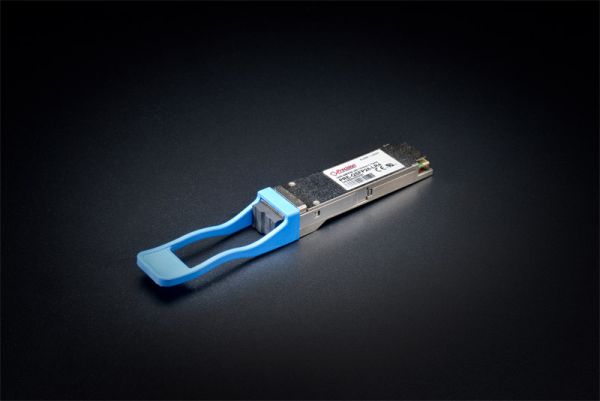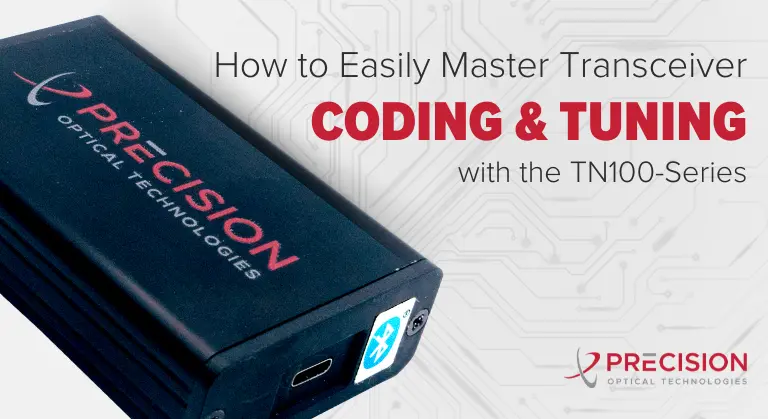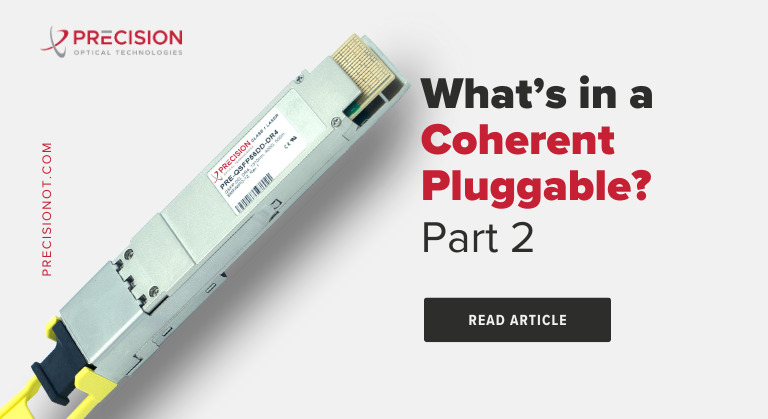
Ask our Experts: How to Choose the Best Optical Configuration for Your Network
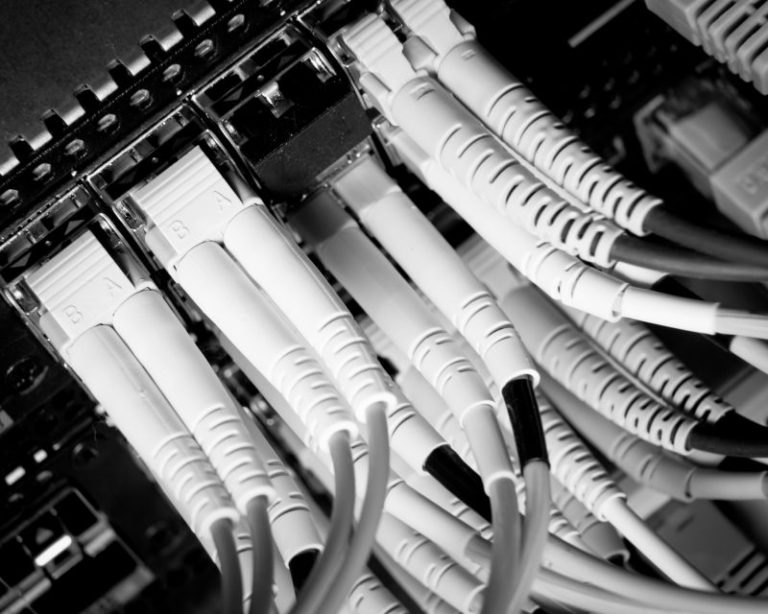
Building a robust, solid configuration to best serve the needs of an organization is the task of any network administrator. One of the key decisions to be made as hardware is assembled is the type of transceivers to incorporate into the network setup.
Optical Transceivers
Because they are two-way conduits of information—they both transmit and receive—transceivers are an ideal space-saving device. In the case of optical transceivers, a single module is capable of converting electrical input into optical output and vice versa, which allows data to be transmitted over optical fiber. To achieve full duplex operation, an optical transceiver may use one fiber for transmission in one direction and another fiber for transmission in the opposite direction.
There are several industry packaging standards for transceivers, such as small form-factor pluggable (SFP, SFP+) and variations based on data transmission rates. (XFP, for instance, uses the Roman numeral X to stand for 10G small form-factor pluggable.)
Latch vs. Pull-tab Connectors
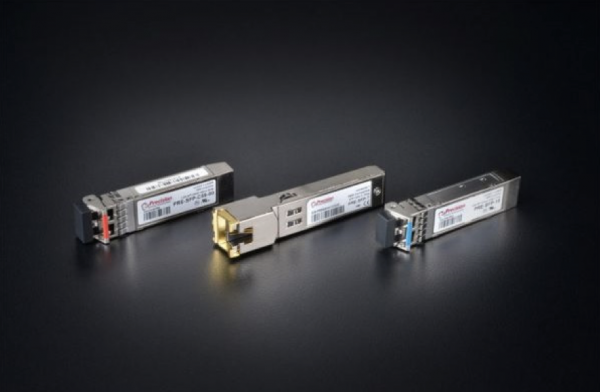
Latch-style connectors, which offer the benefit of a secure lock, are typically employed in transceiver packaging. For small businesses with in-house networks and relatively stable growth patterns, transceivers with latch-style connectors may represent an excellent choice.
On the other hand, large and rapidly-growing businesses have a need for transceivers that can be more quickly accessed and reconfigured. For that reason, administrators have begun to incorporate pull-tab transceivers into their networks. With no special tools required, they can easily be pulled and swapped to keep pace with the evolving networking needs of the organization. The pull tab itself can also be labeled to assist with cable identification.
Figure 1: Transceivers with latch-style connectors
Pull-tab transceivers offer the additional advantage of a smaller footprint. As a business grows, so too does its need for space. Building out existing spaces or moving into larger ones is not always a practical solution. To minimize both cost and disruption of service increasing density within the existing space is frequently the best option. The pull-tab configuration enables lower-profile stacking than latch-style connectors, which often require additional vertical space above and below each row. The need for finger access to the latch mechanism is also eliminated, increasing the density that can be built into the panel.
Conclusion
The industry has evolved to the point where a wide variety of transceiver configurations are available to serve myriad networking needs. Precision OT works directly with each of its customers to understand their systems and provide custom, individualized network solutions. It also maintains an extensive inventory, allowing for maximum availability and fast delivery of the components needed for quick and robust network setup.
Figure 2: Transceiver with pull-tab configuration
